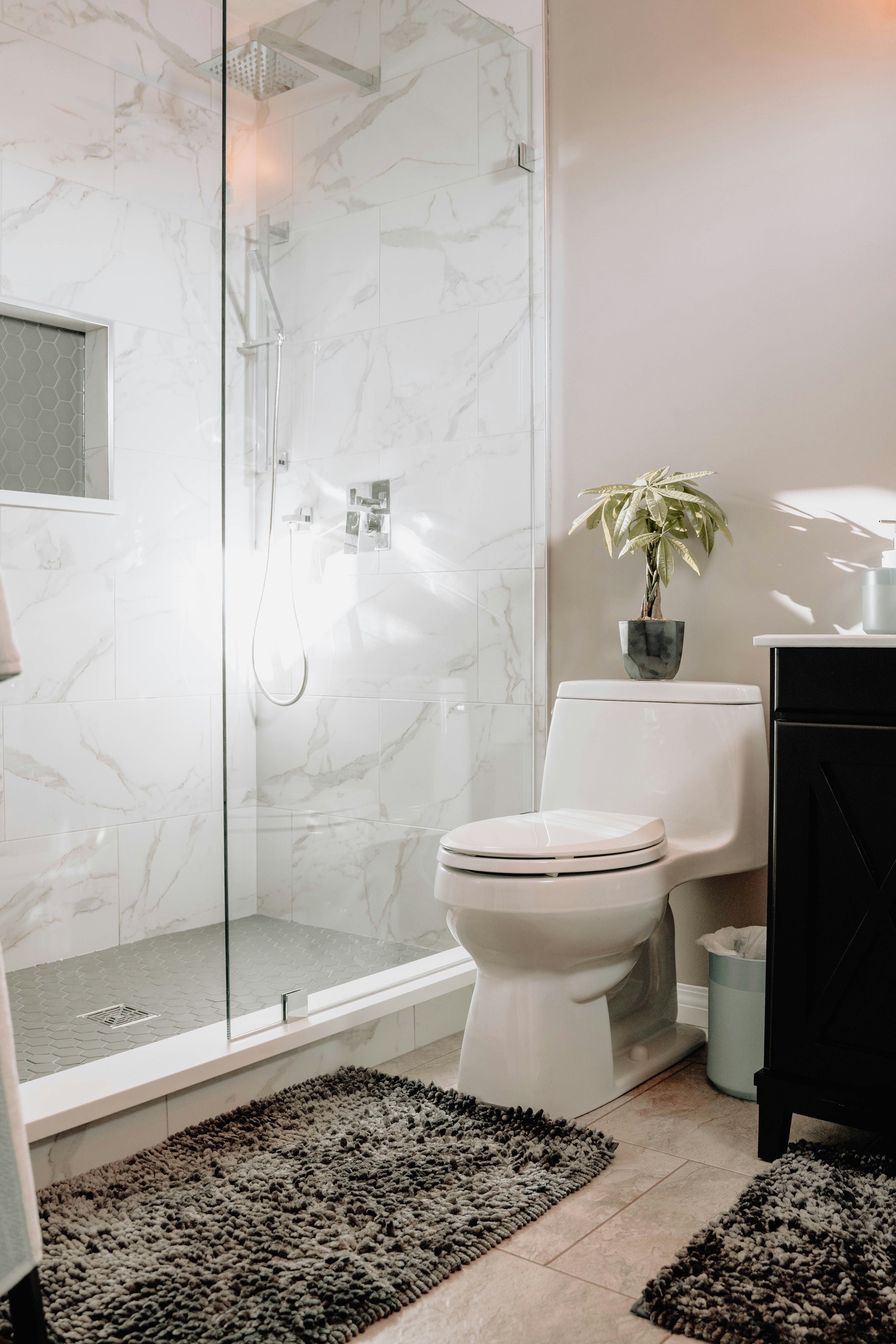
How to Choose the Right Shower Sealant for Tiles and Prevent Leaks
Agnes
- 0
When it comes to keeping your bathroom in tip-top shape, one often overlooked hero is the shower sealant for tiles. You might be thinking, “Sealant? Isn’t that just a minor detail?” But let’s set the record straight: this little layer of protection plays a crucial role in preventing leaks and water damage. Without it, you could be inviting mold and mildew into your serene sanctuary.
Imagine stepping into your shower, only to find unsightly stains creeping up the walls or worse—a persistent drip that turns your relaxing retreat into a source of stress. Choosing the right shower sealant can save you from these headaches and ensure that your tiles remain not just beautiful but functional too.
So how do you pick the perfect sealant for those precious tiles? Let’s dive deep into everything you need to know about selecting and applying shower sealants like an expert!
Importance of Shower Sealants for Tiles
Shower sealants for tiles are your first line of defense against water damage. They create a waterproof barrier, ensuring that moisture doesn’t seep into the grout or behind the tiles. This is crucial because trapped water can lead to mold and mildew, which not only pose health risks but also result in costly repairs.
Sealants also enhance the longevity of your tile surfaces. By preventing moisture infiltration, they help maintain the integrity of both grout and tiles over time. Without proper sealing, you may find yourself replacing damaged materials much sooner than necessary.
Additionally, shower sealants contribute to a cleaner bathroom environment. A well-sealed shower means fewer nooks and crannies for grime and bacteria to thrive in. With regular maintenance, you’ll enjoy a fresher space that feels inviting every time you step inside for a soothing wash.
Types of Shower Sealants Available

When it comes to shower sealants for tiles, there are several options to consider. Each type is designed with specific materials and needs in mind.
Silicone sealant is the most popular choice. It’s flexible, water-resistant, and adheres well to various surfaces. This makes it perfect for areas shower sealant that experience frequent temperature changes.
Acrylic sealant offers easy application and cleanup with water. While not as durable as silicone, it’s effective for low-moisture areas or infrequent use showers.
Polyurethane sealants provide excellent adhesion and flexibility but can be trickier to apply. They also take longer to cure compared to other types.
For those who prefer a more natural look, grout sealer can protect the grout lines between tiles while allowing them to breathe.
Specialized shower waterproofing membranes create an extra barrier against leaks behind your tilework, ensuring long-lasting protection from moisture damage.
Factors to Consider When Choosing a Shower Sealant
Choosing the right shower sealant for tiles requires careful consideration of multiple factors. One of the first elements to assess is the type of material your tiles are made from. Porous materials, such as natural stone, often demand specialized sealants that can penetrate and protect effectively.
Next, consider the level of moisture exposure in your shower area. High humidity zones benefit from waterproof or water-resistant sealants designed to withstand constant dampness without deteriorating.
Also important is the adhesive quality. A good shower sealant should adhere well to various surfaces like ceramic, glass, or acrylic without peeling over time.
Don’t overlook application ease either; some products come in tubes for caulking guns while others might be brush-on varieties. Your own comfort level with DIY projects could influence this choice significantly.
Always check for mildew resistance features to ensure longevity and a clean appearance over time.
Step-by-Step Guide on Applying Shower Sealant
Start by preparing the area. Clean the tiles and joints thoroughly. Use a brush or cloth to remove any dirt, soap scum, or old sealant residue.
Next, ensure the surface is dry. Moisture can prevent effective adhesion of your new shower sealant for tiles.
Now it’s time to apply the sealant. Cut the tip of the tube at a 45-degree angle for better control. Hold it steady as you apply an even bead along grout lines and seams.
After application, smooth out with a wet finger or tool to create a neat finish. This step helps eliminate air bubbles and ensures proper sealing.
Allow sufficient curing time according to manufacturer instructions before using your shower again. Patience here pays off in preventing leaks later on!
Common Mistakes to Avoid When Sealing Shower Tiles

One of the biggest blunders is skipping surface preparation. Clean and dry tiles are essential for a strong bond with the sealant. Any debris or moisture can lead to issues down the line.
Another common mistake is using too much sealant. While it might seem like more will protect better, excess can create unsightly messes and even trap water underneath, leading to mold.
Not allowing enough drying time is another pitfall. Rushing this process compromises effectiveness. Always follow manufacturer instructions for curing times before using your shower again.
Overlooking regular inspections can be detrimental as well. Sealants wear over time; failing to check for cracks or peeling means you could miss early signs of leaks that require attention right away.
Tips for Maintaining and Replacing Shower Sealants
Regular maintenance of your shower sealant is crucial. Inspect the sealant every few months for any signs of wear, such as cracks or discoloration. Early detection can save you from costly repairs later.
Keep the area clean and dry. Use a mild cleaner to remove soap scum and mildew, which can degrade the sealant over time. Avoid harsh chemicals that might break down the material.
When it’s time to replace your shower sealant, choose a high-quality product designed specifically for wet areas. This ensures better durability against moisture.
Before applying new sealant, thoroughly clean and dry the surface to ensure proper adhesion. Remove all old sealant carefully; any remnants can lead to leaks in the future.
Apply even layers using a caulking gun for best results. Don’t rush this step—taking your time will provide a stronger barrier against water intrusion.
Conclusion
Choosing the right shower sealant for tiles is essential for maintaining a leak-free and visually appealing bathroom. Understanding the importance of sealants, exploring different types available, and considering key factors will help you make an informed decision.
Applying the sealant correctly can prevent costly repairs down the line, while avoiding common pitfalls ensures your hard work pays off. Regular maintenance and timely replacements keep your shower looking great and functioning well.
With these tips in mind, you’ll be equipped to select and apply a suitable shower sealant that enhances both aesthetics and durability in your bathroom space. Keeping everything sealed tightly means more enjoyable showers without worrying about leaks or damage. Make your choice wisely, follow best practices for application, and enjoy a beautiful, functional shower environment for years to come.


